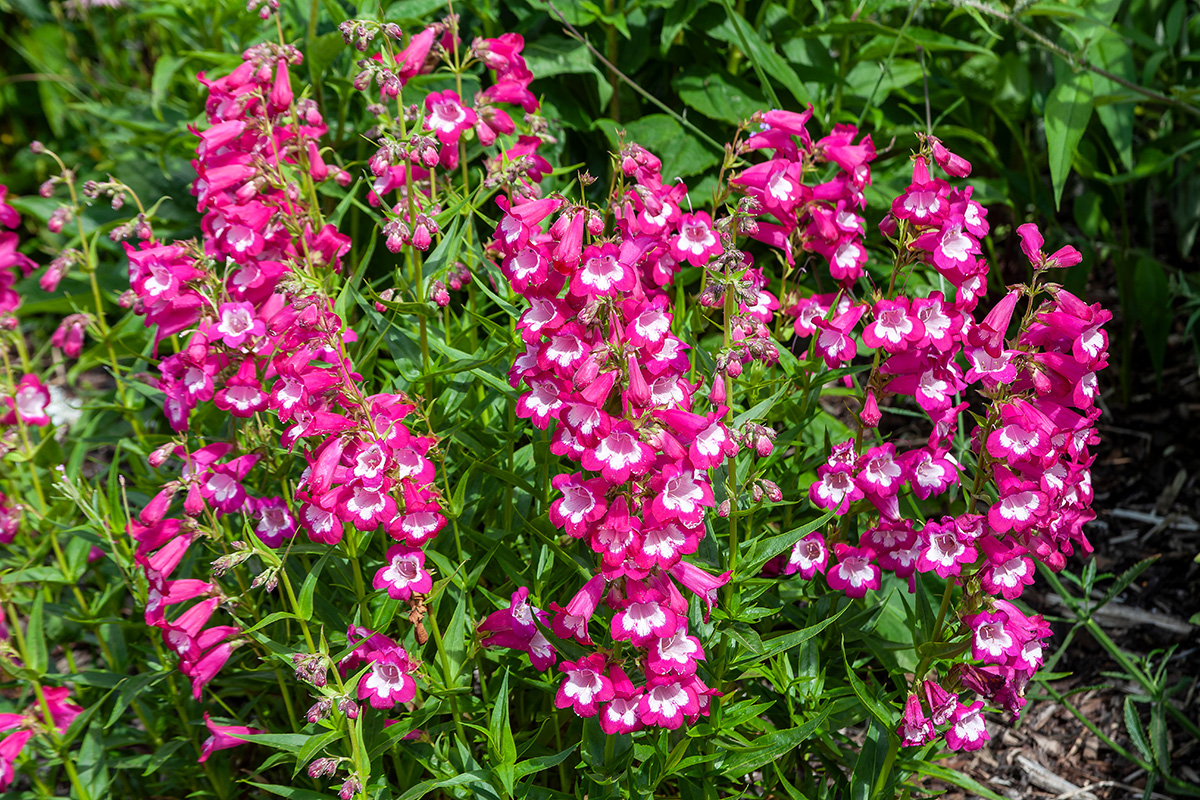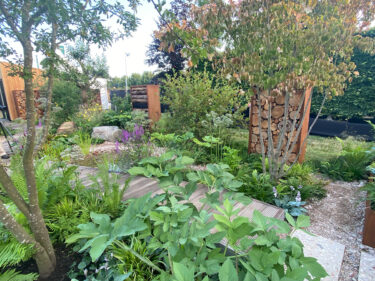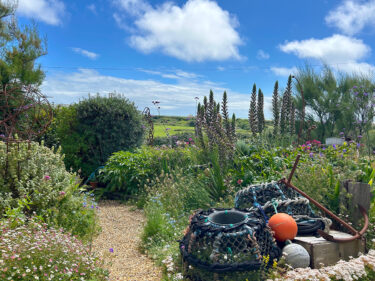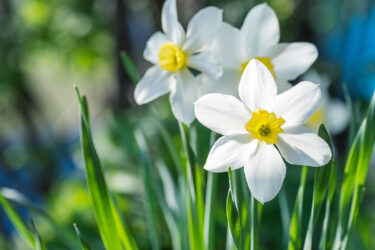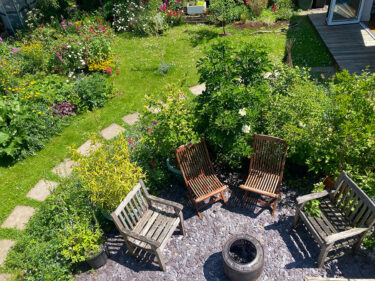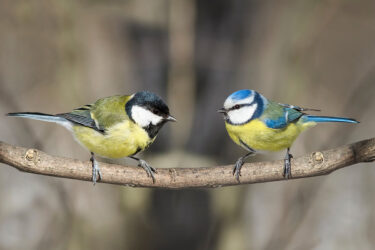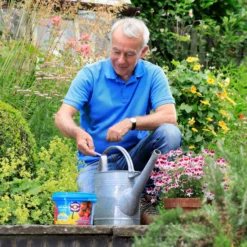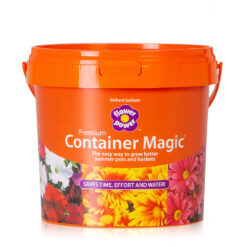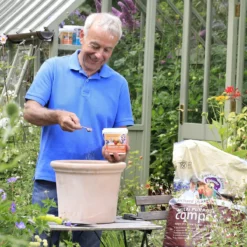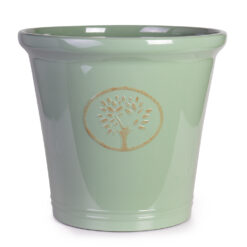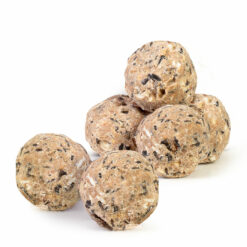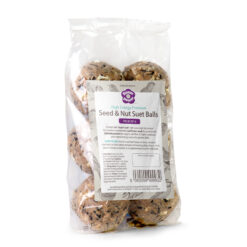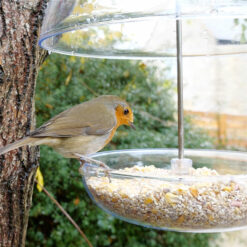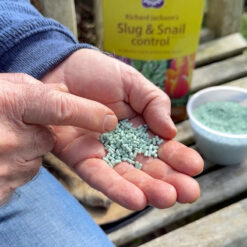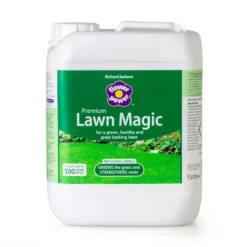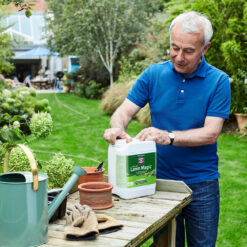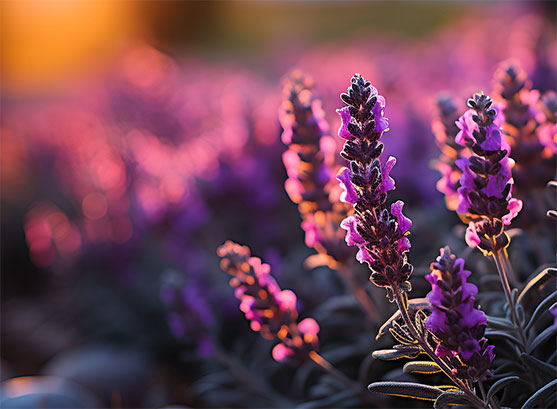The effects of climate change mean that our weather is becoming more unpredictable (is that really possible for the UK!) and more extreme. Really hot, very dry summers are becoming more common, but that doesn’t mean we won’t get cooler, wetter, more miserable ones. Springs are getting earlier and warm, dry springs are becoming more common. Gales and storms are becoming more common and stronger. While we may complain about our weather, imagine what it can do to your plants!
Luckily, many of our plants are pretty resilient to variable weather conditions and all they want to do is give you a performance that you can be proud of. And, as summer gently morphs into autumn, what can we do to keep those displays going? A little TLC applied now will help to extend the summer well into autumn.
Now that autumn is looming (September is meteorologically the first month of the season), we can look to put some of those weather-related problems to rights and put a rescue plan into operation. And, with some good weather over the next couple of months (fingers crossed), cheer ourselves up again by trying to keep the garden and borders looking good from now on.
Deadhead and cut back
Plants that have the power and ability to repeat flower, including the obvious roses, penstemons and hardy fuchsias, should be deadheaded and even any spoilt or “mushy” flowers removed to encourage further flushes. Even all your summer bedding plants can still be relied on to flower their heads off well into autumn – until the first really severe frost stops them in their tracks. So keep deadheading them too.
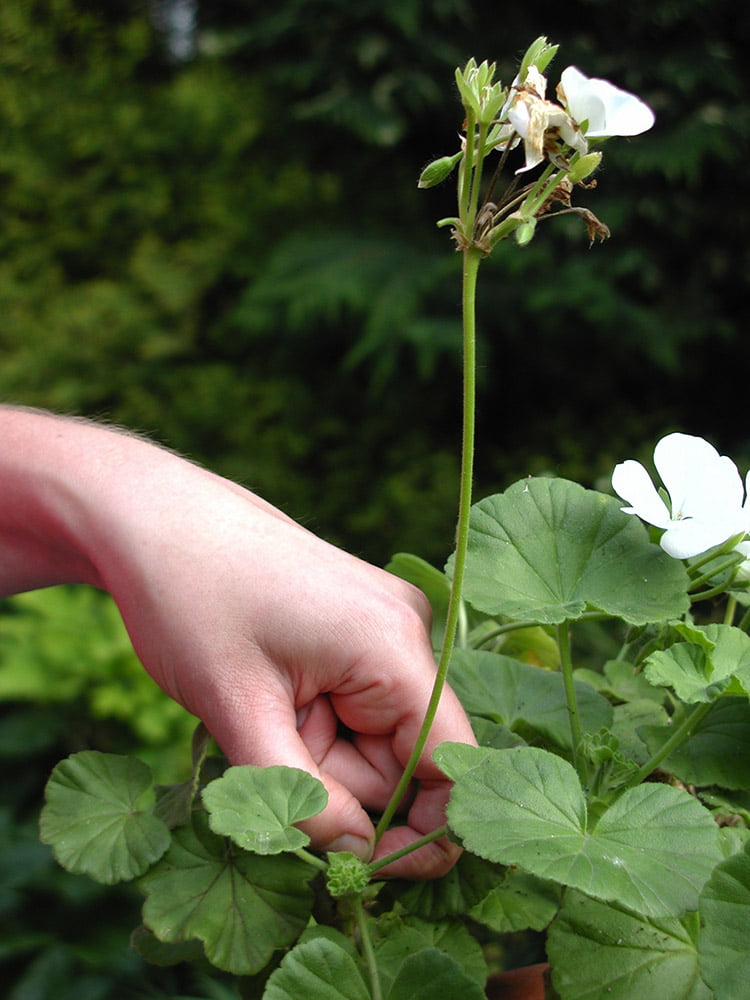
Many summer herbaceous perennials are renowned for flowering well into autumn, including rudbeckias, heleniums and salvias, while others may also put on a late, late show if their flower stems are cut down to ground level after flowering. This includes delphiniums, many types of hardy geraniums (chop them back with shears) and even lupins. Even if they don’t flower, it’ll tidy them up.
Water well
During hot, dry summers, plants often come to a full stop, almost going into a heat-induced dormancy. Keeping the soil or compost moist around them wherever possible will help to keep them awake and flowering well.
Feed me – feed me now!
All plants, and especially those mentioned above, can be coaxed into producing lots more flowers and perform much better if given some fixes of high potash liquid feeds, like Flower Power. This will keep their energy levels high, something that’s essential for a great display.
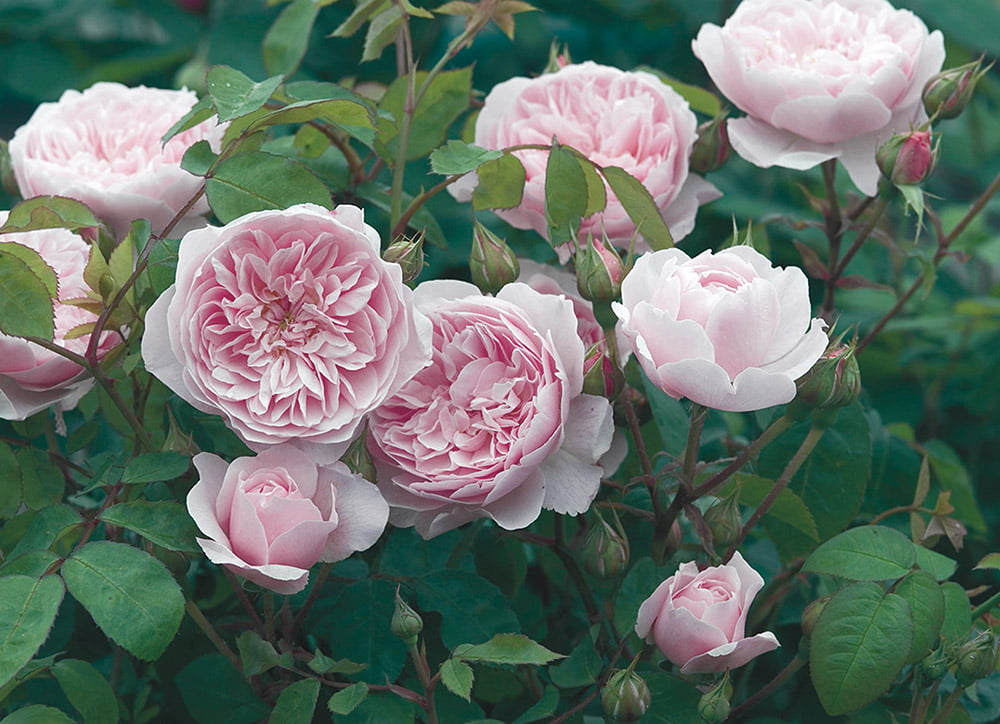
Many plants that should have flowered well in mid summer may be sitting sulking and still waiting to burst into flower, put off by the weather. A quick burst of potash may help “bump” these into blooming too.
Buy, buy, buy
As a campaign from the Horticultural Trades Association famously quoted – “Autumn is nature’s natural time for planting”. With hopefully warm and moist soil, anything put in the ground in autumn will establish faster and produce bigger, better plants than when planted in spring – and certainly than if planted in summer. When I say “anything” I should qualify this by saying anything hardy. Obviously tender and even borderline hardy shrubs and perennials, such as penstemon, cordyline and other palms and phormium among others, are best planted in spring. But all those reliable toughies can go in right now.

There are so many autumn- and winter-flowering plants available that will provide instant colour. And don’t forget those with delightful autumn leaf colours, evergreens for year-round interest, attractive fruit and seed heads and even ornamental bark. Many autumn- and winter-flowering shrubs are also highly perfumed to lift your spirits on otherwise miserable days. Plant them near to the house, so you can even enjoy the scent indoors when you open a door or downstairs window. Garden centres and nurseries will be brimming with lots of new stocks of plants arriving in autumn to take advantage of this perfect planting period. Even if you can’t bear the miserable mess going on in the rest of the garden, plant up some colourful planters and put them on the patio or just outside the doors of the house – and concentrate your thoughts on these and ignore what’s happening elsewhere.
The big autumn clear up
Where plants have been battered by weather, and aren’t looking their best – or, to be honest, are looking quite dreadful – spend some time going over them, tidying them up and removing any of the 4Ds – dead, diseased, dying or damaged growth. This will make them look so much better and improve their overall health.
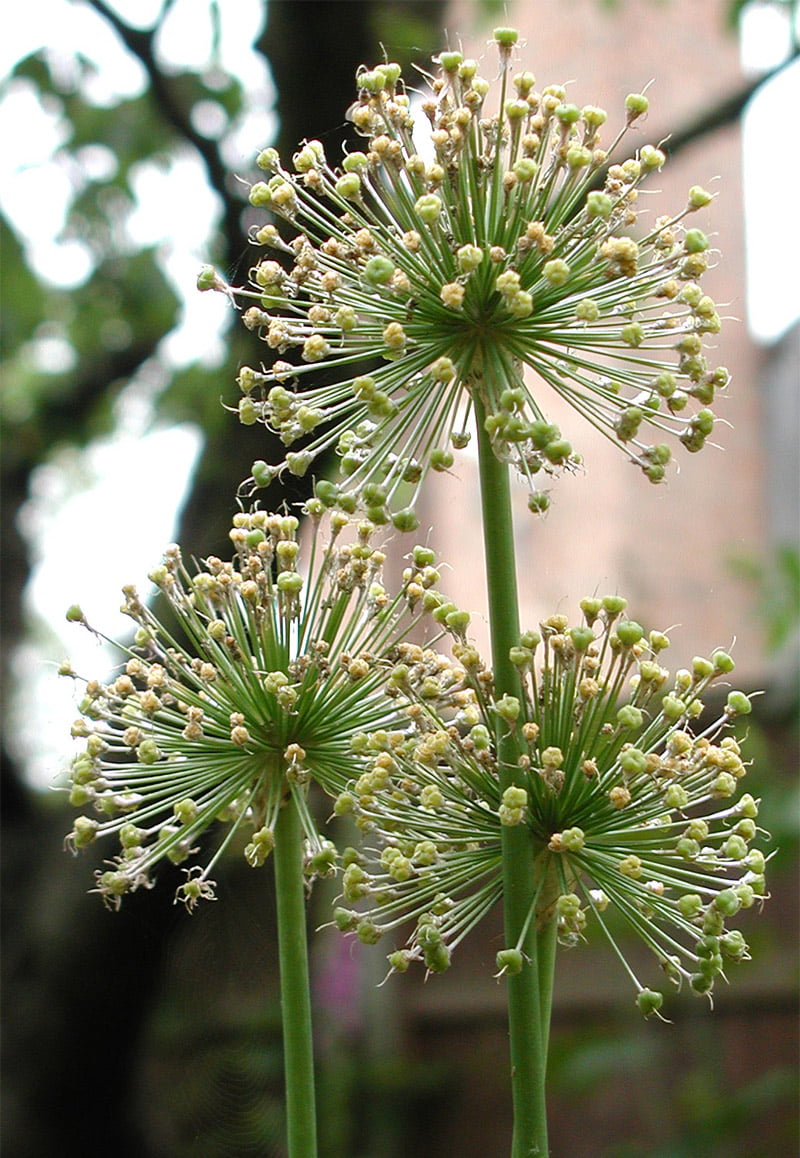
But even if you’re a relentless garden tidier, don’t just take the secateurs to everything in sight. Plants with attractive and ornamental seed heads and those that produce colourful fruit can be spared the chop. These will add to your autumn colour, can keep some structure and height in the garden – and many are useful food sources for garden birds and protective overwintering spots for beneficial insects like ladybirds, lacewings and hoverflies.
Winter planning planting
This is also the time to do a bit of forward planning for winter and next spring. Get your winter pansies planted asap. They need to put on some growth and make their flower buds before the really cold temperatures arrive. If they don’t, they won’t flower in winter; just flowering in spring. And there’s lots of other winter and spring bedding you can plant now to replace anything that has died or to fill in any gaps – wallflowers, violas, primroses and polyanthus (some varieties will also flower in a mild winter too) and bellis daisies. And, of course, September is the time to get planting all your spring-flowering bulbs. So get yourself down to the garden centre or start buying online. And if all else fails… and especially if the weather is rubbish, rush back indoors, make yourself a nice warm drink, think about and start making all your great plans for next year, order all the plants you need by mail order – and spend your days looking after your houseplants!
